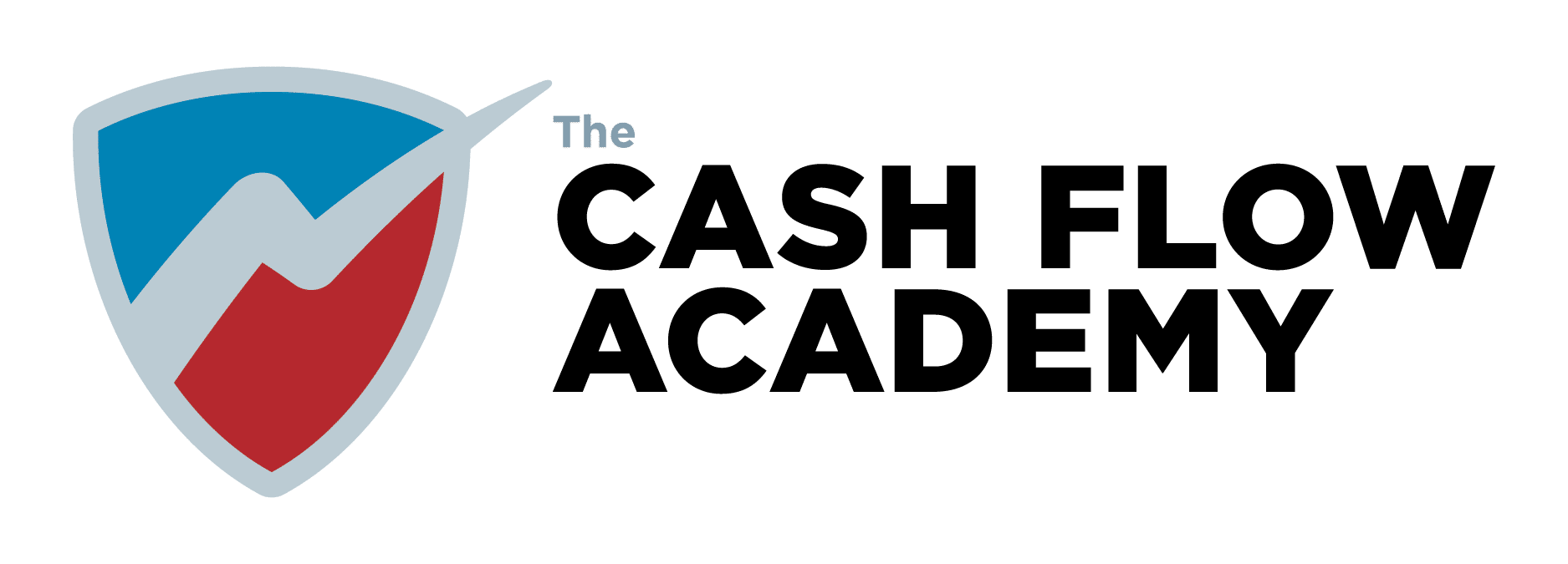Some of the best learning opportunities come though looking at current article about investing. Today we’re going o use an article from Seeking Alpha, titled “George Soros Increases His S&P 500 Put Position,” to contrast the differences between professional and amateur approaches to investing.
Professionals vs. Amateurs
It’s pretty easy to tell the difference between a pro and an amateur when it comes to investing. The more you see the difference between the two, the greater your desire will be to strengthen your investing education.
Let’s look at a quick list of differences:
Professionals have a wealth of knowledge about investing. Amateurs have limited education.
Pros invest wisely. Amateurs invest in 401(l)s.
Pros know about technical analysis and fundamental analysis. Amateurs likely couldn’t tell you much about either.
Pros know about risk management. Amateurs’ only form of risk management is diversification.
Again, the biggest difference between the pros and the amateurs comes down to education. Becoming a pro investor is more attainable than it seems. Education is available to everyone. Anyone can star investing like a pro if they are willing to put in the time to learn.
George Soros: An Example of a Pro
Soros embodies all the traits and skills of a professional investor. Soros has a history of making massive amounts of money in a market crash. This is hugely advantageous, especially when contrasting it with thos who invest only in 401(k)s lose their investments when the market falls. Soros is also highly skilled in both technical and fundamental analyses of the market.
The Seeking Alpha article emphasizes how Soros handles risk management with put positions – something that is much more effective than diversification.
The first part of the article talks about how Soros has put positions on something called the SPY. The SPY is what diversifies someone within the S&P 500. It says that if you diversify within the S&P 500 one or two your stocks might fall, but the other 498 will stay high.
Soros looks at the SPY and notices that this diversification is not an effective form of risk management. Historically, the market generally crashes after is climbs steadily for awhile. Even if you are diversified within that market, everything will eventually fall. If the market follows the pattern that is has had in the past, you will lose the money in your 401(k) when it crashes.
Soros’ risk management approach actually causes him to make money when the market falls. He does this through put options.
What are Put Options?
Using put options to earn money in a falling market is actually quite simple. Another word for ‘option’ is ‘choice.’ In essence, buying put options means that Soros is purchasing choices.
For example, Soros may want the choice to sell SPY at a certain dollar amount. The put option works as an insurance contract within a specific timeframe.
Let’s say Soros wants the option to sell his SPY at $210. He pays a $4 premium for his put option. This premium guarantees that the insurer will buy the stock from him at $210 within the timeframe outlined in the put option contract. If the stock were to fall from $210 to $110, Soros can buy the stock at $110 an the insurer will buy it from him at $210. As a result, he doubles his money. He makes $100 from a $4 investment.
While this example might be a little extreme, the concept is true. Put options allow investors to sell their stock at higher prices while the market is falling. It is how Soros makes billions of dollars while 401(k) investors are losing money in a downturn in the market.
As a professional investor, Soros is extremely committed to put options. He didn’t just invest $4; he spent $1.1 billion.
A billion dollar investment in put options is a big deal. If you spend a billion dollars on a diamond ring to propose to a young lady, you’re extremely committed to that position. Likewise, Soros’ commitment to put options is evidenced by his investment.
The Bigger Picture
My purpose in telling you about put options and risk management isn’t to make you an instant expert in these topics. I want you to understand the difference between professional and amateur approaches to investing.
In his book, Unfair Advantage, Robert Kiyosaki also highlights the massive contrast between the pros and amateurs:
“When it comes to paper assets, I’d say the biggest differences between amateur investors and professional investors are: (a) how they seek to generate income, and (b) how they manage risk. The easier of the two discussions is their approach to managing risk.”
He goes on to say, “So, in a nutshell, amateurs often seek to earn their money in paper from capital gains and to manage risk by diversification. The professionals often seek to earn their money with cash-flow strategies and to manage risk by using contracts.”
How to Become a Pro
Like I stated before, the difference between pros and amateurs is largely founded on education. You can build your investing education in many ways. Allow me to recommend two:
First, you can pick up a copy of Unfair Advantage by Robert Kiyosaki and read about the differences between professional and amateur investing in chapter four.
And second, take my 4 Pillars of Investing course to get more details about technical analysis, fundamental analysis, risk management and cash flow.
George Soros has managed his investment risk with put options; what are you doing to do to insure your investments?
Tweetables:
[inlinetweet prefix=”Don't miss” tweeter=”” suffix=””]The difference between an amateur and a pro investor[/inlinetweet]
